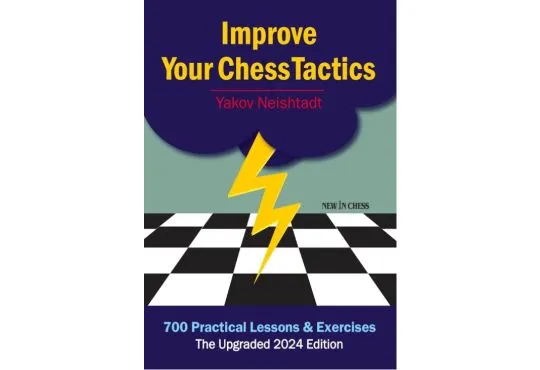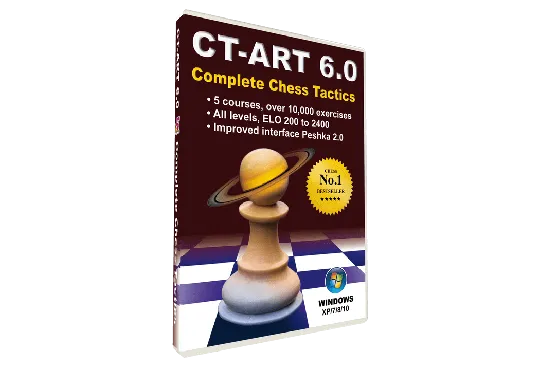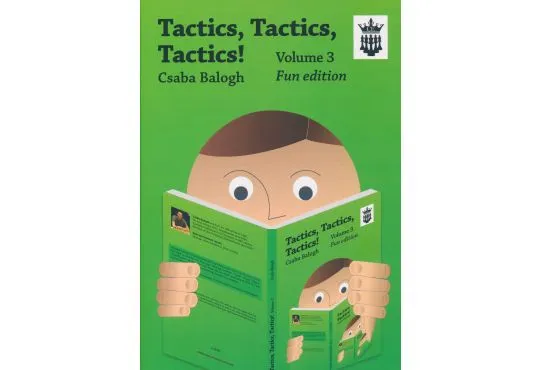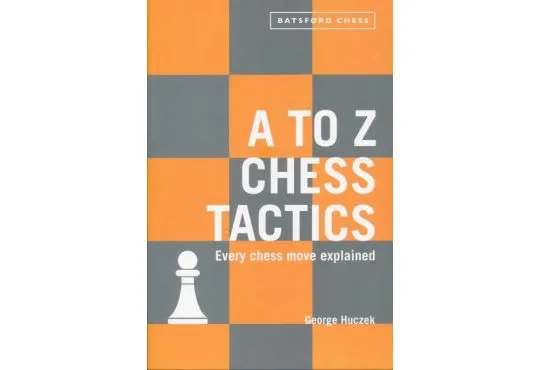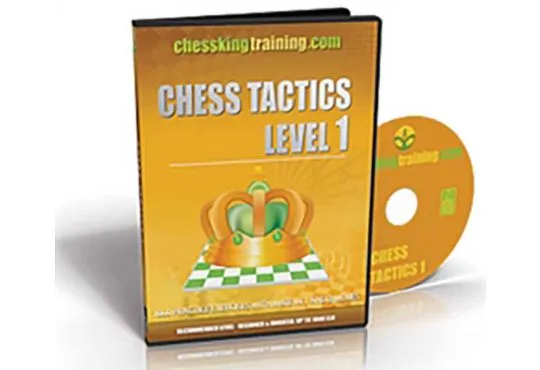Positional Vs Tactical Chess Which is Best For You
Many players choose between positional vs. tactical chess, depending on their style preference. But what are the two styles? Simply put, tactical chess focuses on gaining an immediate advantage through calculated forcing moves. On the other hand, positional chess aims to control the board through well-placed pieces and gain a long-term advantage.
At the game's highest level, these two approaches are almost always combined. Accordingly, people often describe the very best players as having a “universal” style.
Nevertheless, great chess players are known for their unique approach to the game. Bobby Fischer was a mathematical player of unparalleled aggression and precision who once said, “Tactics flow from a superior position.” Mikhail Tal nicknamed the Magician from Riga, was known for incredible tactical combinations and sacrifices leading to unexpected victories or improbable draws.
Chess often seems to present infinite complexities, and for amateurs, it can be difficult to figure out how to improve. Getting to grips with positional and tactical chess is an excellent way to develop your style and become a better player.
So, when it comes to Positional vs tactical chess, let’s take a look at the basics!

Table of contents
What are Chess Tactics
A tactic is a move or combination of moves that can give you an immediate advantage in chess. Forcing moves like checks, attacks on high-value pieces, and threats of a mate can all be employed to put you in a winning position. For example, a royal fork attacks both the king and queen at once (usually with a knight). The king is forced to move, leaving you free to take the queen.
Common Chess Tactical Moves
Tactics often use specific kinds of moves that force your opponent into a difficult situation. Here are some of the most common:
- Forks are when one of your pieces attacks two of your opponent’s at once.
- Skewers are when you attack a high-value piece, forcing it to move and exposing another vulnerable piece.
- Pins are when you attack a lower-value piece with a high-value piece behind it, forcing it to stay in place.
- Discoveries are when you move one of your pieces out of the way of a Queen, Bishop, or Rook, allowing it to attack another piece so that you can create two threats at once.
- Discovered Checks reveal an attack on the king, forcing them to move or protect it and making it impossible for them to defend against another attack from the moved piece.
There is much more to tactical chess than we can explain in this article, but learning these fundamental moves can help you consider how to employ tactics to claim an advantage.
Now, let’s take a look at an example to see how a tactical combination can win a chess match.
-
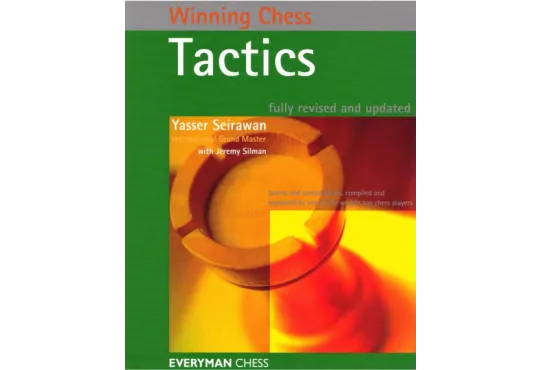 Winning Chess Tactics Tactics and Combinations, Compiled and Explained by One of the World's Top Chess Players$24.95
Winning Chess Tactics Tactics and Combinations, Compiled and Explained by One of the World's Top Chess Players$24.95
Kasparov's Tactical Brilliance
Garry Kasparov became the world champion in this famous game by defeating Anatoly Karpov in the 1985 World Chess Championship. Let’s take a look at the winning combination in which he played a devastating tactic.

In this position, Kasparov played Qa7+, delivering a check and forcing Karpov to play Kh1. After the moves, Bxg2+ and Kxg2, Kasparov has a discovered check that enables him to move the knight, attacking either the queen (with double check) or the threatening rook. He opts for Nd4+, and Karpov resigns. In this dramatic game, Kasparov uses a brilliant tactical combination to secure the winning advantage and the world championship.
Positional Vs Tactical Chess: Positional Play
One of the fundamental principles of chess is that the value of your pieces is relative to their position on the board. In a weak position, a bishop can be worth as much as a pawn, and a passed pawn can quickly become a queen.
-
 Daily Chess Training: Chess Tactics - Volume 1 Sharpen Your Tactical Ability Daily on Your Way to Mastery$19.95
Daily Chess Training: Chess Tactics - Volume 1 Sharpen Your Tactical Ability Daily on Your Way to Mastery$19.95
Compared to tactics, positional chess involves arranging your pieces so they are as active and valuable as possible. This involves maximizing the squares they control and limiting your opponent's ability to attack them. You can improve your position by gradually developing your control of the board. Find winning opportunities, or prepare yourself for a favorable end game.
Key Chess Positional Principals
There are many principles of positional chess, but a few key ones exemplify how thinking about your position can give you an advantage:
- Taking Control of the Center: An important part of chess openings is taking control of the center of the board. This gives you more mobility, makes it more difficult for your opponent to activate their pieces, and creates opportunities for attacks.
- Pawn Structure: Pawn structure is too big a topic to cover here. However, one key point is that doubled and isolated pawns tend to make very good targets. On the other hand, pawn chains can create a good defense and allow you to move your pieces into strong positions.
- Bad Bishops: A bad bishop is locked in behind your pawns. Alternatively, positioning your pawns on the opposite-colored squares to your bishop allows it to be more active and control more space.
- Outposts: A square guarded by your pawns in your opponent's territory provides a powerful position to place a knight and bishop.
- Open Files: This is an unobstructed pathway from one side of the board to the other. Moving your rook into an open file allows it to control more squares. It often provides the opportunity to move onto the 7th rank for white or the 2nd for black - a powerful position in rook end games.
Of course, these are not absolute rules, and they should not be followed blindly. Sometimes, they even contradict each other. For example, allowing your opponent to double your pawns may be an excellent opportunity to create an open file for your rook. Nevertheless, considering these principles can help you create a strong position on the board.
Kasparov’s Positional Sacrifice
In another Kasparov game this time against Alexey Shirov – remember the truly great players have a universal style. We see a rook sacrificed in exchange for a positional advantage.

In this position, Kasparov has a strong knight on an outpost - notice how on d5 it is past all of black’s pawns. He plays Rxb7 and exchanges his rook for a bishop after Nxb7 to avoid giving it up. In this instance, we see that the value of pieces is relative to their position on the board. The knight on d5 can control eight squares on the board, and it will be very difficult for Shirov to attack.
Positional Vs Tactical Chess Discover Your Style
Do you love finding chess tactics and daring sacrifices? Or do you see yourself as a more defensive and positional player?
Asking yourself questions like these can help you discover your style and become a better player. You may learn specific tactics, focus on understanding pawn structure, or master specific openings based on how you want to develop your game.

Certain openings are associated with more positional and defensive styles, while others are more attacking and tactical. For example, the Caro-Kann aims to free the light-squared bishop and create a solid pawn structure. On the other hand, the Smith-Morra Gambit sacrifices a pawn in favor of quick development and presents more tactical opportunities. Considering how different approaches like these can complement your abilities and style is a good way to progress.
Overall, to improve as a chess player, you will need to work on both tactical and positional skills, but figuring out where you excel is a fun way to create a unique approach to the game and demonstrate your knowledge and creativity on the board.
After your next game, why not experiment with some stylistic self-analysis?


